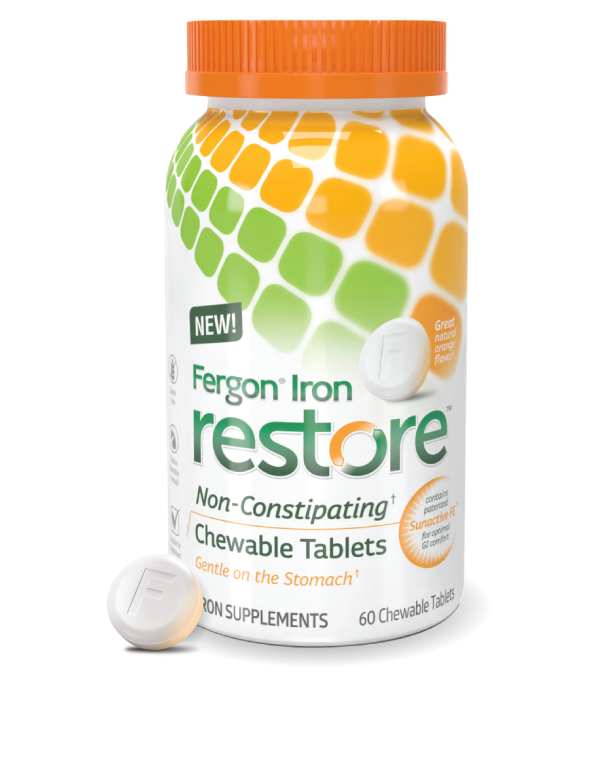Platelets are part of the body that most people never think about and take for granted in daily life. However, these very small blood cells are essential for preventing excess blood loss and repairing bodily damage.
When blood vessels become damaged, the brain sends signals to the platelets to go to the damage site and form a clot. Excessive blood loss can be very traumatic and even life-threatening for the body, which is why it is so important to maintain healthy and properly functioning platelets.
The purpose of this article is to define what platelets are and discuss what is the role of platelets in blood clotting and other bodily functions.
What Do Platelets Do?
Only visible under a microscope, platelets are the smallest of the blood cells in the body. In fact, their diameter is only about 20 percent of that of red blood cells. They are shaped like tiny plates in their resting form and respond to signals to make contact with broken blood vessels after an injury. Platelets change shape from their resting form to their active form by growing and extending tentacles to make necessary repairs.
What is the Role of Platelets in the Body?
In the human body, platelets are responsible for stopping the bleeding and helping to repair bodily damage. A healthy range of platelets is considered to be between 150,000 to 450,000 platelets per microliter of blood. Having too few platelets represents a condition called thrombocytopenia, and too many platelets is called thrombocytosis. This number is obtained from a routine blood test called the Complete Blood Count (CBC). Platelets live for about eight to 14 days and are destroyed in the spleen at the end of their natural life span.
How Blood Clotting Occurs
Once a blood vessel is damaged, platelets arrive to the damaged area to adhere to the cut edges. The body releases natural chemicals to attract more platelets to the affected area as necessary. Once platelets arrive where they are needed, a plug is formed to stop the bleeding. Clotting factors in the form of small molecules cause blood-borne materials to adhere together and seal the wound. Once the blood vessel heals back to its original shape, the blood clot dissolves and platelets return to their resting form.
Platelets and Other Bodily Functions
In addition to forming blood clots, platelets carry out multiple functions to maintain hemostasis. Not only do platelets form hemostatic plugs, but they also release lipoprotein material and activate coagulation mechanisms. The secretory functions of platelets are very important, and during periods of activation, they release adhesive proteins, growth factors, and coagulations. Overall, platelets are essential for controlling bodily inflammation, tissue rebuilding, and wound healing.
Individuals who experience prolonged bleeding after cuts, easy bruising, and frequent nosebleeds are advised to consult a doctor and inquire about getting a simple blood test. This will determine if one’s platelet count is normal or if a specific treatment plan is recommended to prevent excess blood loss and boost the number of platelets to a healthy level.

